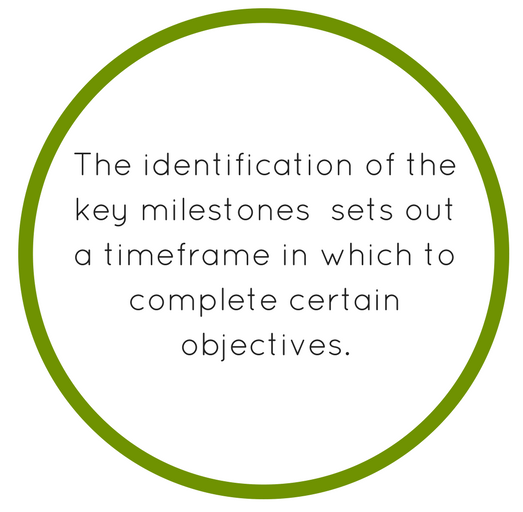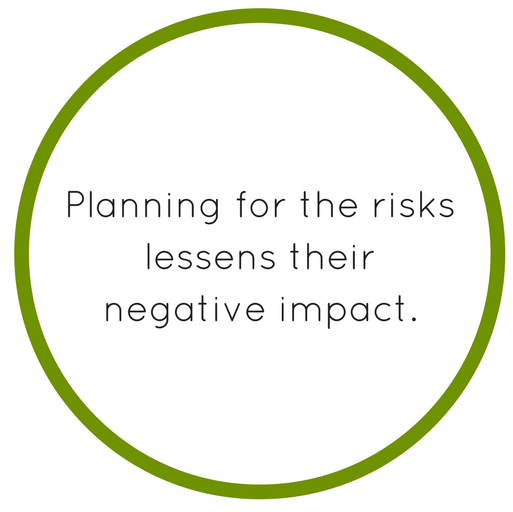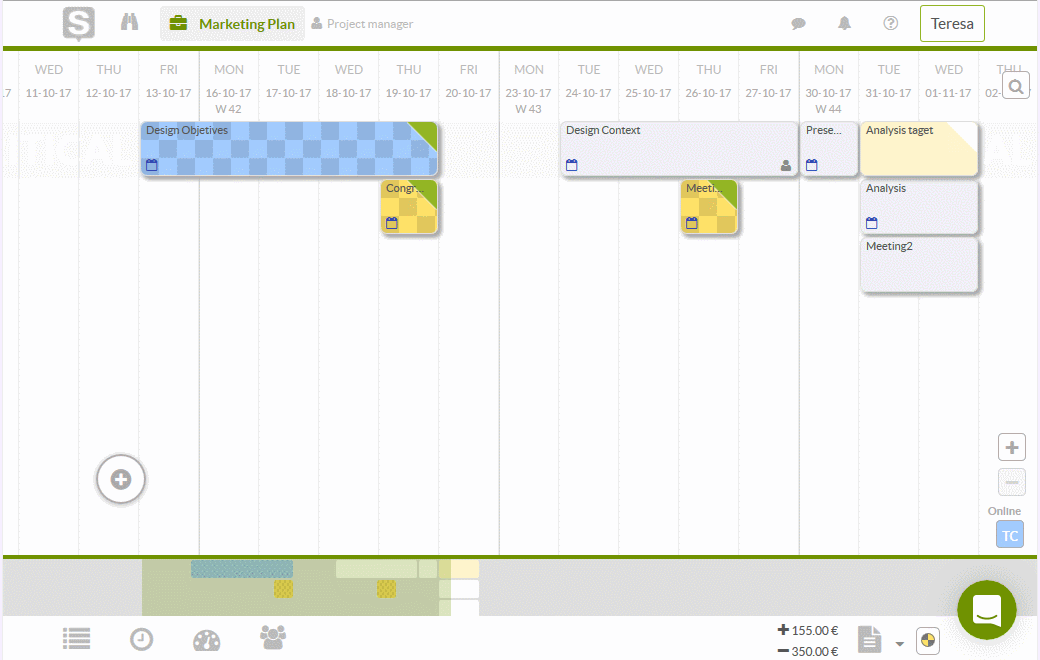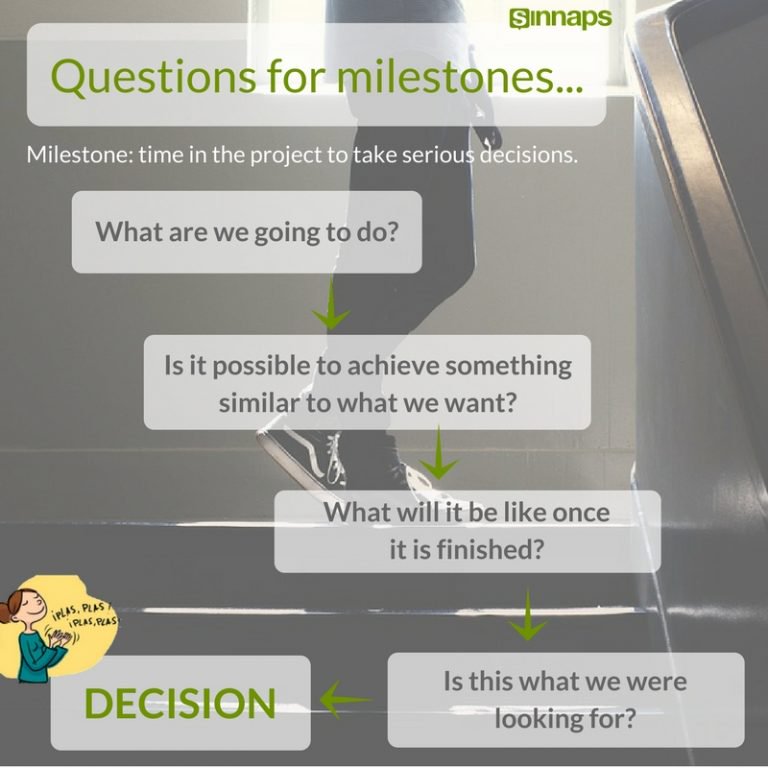Índice
- How to plan a project…
- What is a Project?
- Start managing effective projects!
- What is a Project Plan?
- How to manage your project efficiently and effectively?
- Free online Project Management Course
- What to Include in a Project Plan
- Importance of Planning in Project Management
- How to Plan a Software Project with Sinnaps
- Free Project Management Templates
How to plan a project…
You may have heard many times about the importance of the planning stage in a project management. No one is lying or over-exaggerating the importance of planning- it truly is vital to a successful project. As the saying goes, ‘fail to prepare, prepare to fail’ and this holds true to project management. In this article you will learn about the project planning definition, how to prepare a project plan, it’s importance, project management plan contents and how to plan a project with Sinnaps, the project planning software tool.
What is a Project?
A project is defined as a planned set of interrelated tasks to be executed over a fixed period and within certain cost and other limitations. The word ‘planned’ here is crucial. Even in the simple definition of a project, its planning aspect cannot be avoided. It is at the heart of every project and its effectiveness directly determines the outcome of the project.
When a problem, discomfort or a need is faced, a solution is required. A deliverable of this solution is usually the next thing looked towards. A project seeks to solve a problem or meet a requirement. Planning a project and project management scheduling is the next step after identifying the need to complete a project. Projects are carried out by all organisations every day and across all sectors and industries. Projects range from being large to small and from complex to easy.
Each project has a beginning and an end and follows a project life cycle. Projects are generally developed along the 4Ps of Project Management: Plan, Process, People and Power. Planning is a fundamental part of any project and is an unavoidable step in the project management process whether you are wondering about how to plan a software project or a research project.
Start managing effective projects!

What is a Project Plan?
The project planning meaning is directly intertwined with the meaning of a project. A project plan essentially serves as a roadmap of the  project for a team to follow. The goals and objectives are defined in this stage. A plan specifies how specific tasks will be carried out and by whom in order to achieve the desired goal of the project. Resources are also determined in the project plan. Overall, it identifies all the work to be done in a project and by whom it will be carried out and when.
project for a team to follow. The goals and objectives are defined in this stage. A plan specifies how specific tasks will be carried out and by whom in order to achieve the desired goal of the project. Resources are also determined in the project plan. Overall, it identifies all the work to be done in a project and by whom it will be carried out and when.
An effective, well-thought-out project plan is often a determining factor is a project’s success. It serves as a means of communication on the Project Manager’s side and a control mechanism for the project’s progress. They provide direction for teams and contain all the various planning documents which form the planning process.
The roles and responsibilities of project stakeholders are identified and shared so that they can become familiar with what is expected of them. This provides for clarity and agreement before the actual project work has begun. Any issues that arise with the plan can be hashed out so that they do not cause a problem during the project’s process. The identification of the key milestones allows for team members to gear up to work towards these goals and sets out a timeframe in which to complete certain objectives.
How to manage your project efficiently and effectively?
Free online Project Management Course
Lesson 4: The milestones: ‘to be or not to be’ – when we should not carry on with a project.
Project management plan definition is that they serve as a visualisation of what the running of the project will look like. The project scope is established as is the schedule. The Work Breakdown Structure determines the deliverables of the project along with task dependencies and the critical path of the project that has a significant influence on the rest of the project.
Project managers spend a lot of time developing project plans. They understand that it is better to plan now in order to smoothly execute later rather than to begin a project blind that is filled with uncertainty and misalignment. In the end, the goal of the project plan is to lead to the successful completion of the project.
Project planning does not mean that your project will go 100% according to the initial plan. Uncertainty is a common factor that can arise and throw your project a little off track. The fact of the matter is, is that project plans allow to prepare for uncertainties that may arise and as a result lessen their negative impact on the project. An in-depth project plan may seem time-consuming and complex, however in the long-run it will save you and your team a lot of unnecessary stress and time.
What to Include in a Project Plan
When considering how to write a project plan effectively, there are a few aspects to consider. A project plan includes several specific points. Some important components of a project plan include:
- The project’s vision: Project planning and management notes should clearly identify the goals and objectives of the project and a concise description of the project itself.
- Who the project is being carried out for if there is a client involved and what they are expecting of the project.
- Details about whether it is a new project or if an existing platform will be used such as a template from a previous similar project.
- Important roles and responsibilities: This should describe who is involved in delivering the project and individual tasks and their assigned members, who is ultimately responsible for the project and who makes decisions over what. In terms of what to include in a project plan, this point is vital so that team members are aware of what is awaited.
- Critical tasks and deliverables of the project that are compulsory to achieve the desired goal of the project. These can be broken down into sub-tasks. Of all the project management plan components, this is one of the most crucial.
- A list of resources needed to complete the project which can refer to human, financial or other resources.
- Budget: This should include a breakdown of the costs of the project. This includes salaries, fees, materials, venue charges, travel etc. Any funding provided should also be included in this section.
- Contingency plan: This plan will identify how the project will deal with any issues that arise and that require changes in the scope of the project. Planning for potential risks should include an allocation in time and budget. When considering how to do project management tasks also think of the risks associated.
- Communication plan: This will set out how communications with all stakeholders will be managed. It will also pinpoint communication frequency and any marketing or promotion of the project involved.
- Monitoring plan: How will the success of the project be measured? Any project management website will tell you that controlling your project is key.
- Document management: This should outline the person, usually the manager, responsible for keeping and managing project documents and should always be agreed at the start of the project. Project management sample documents are widely available for referral or templates in Sinnaps, the project management planning software also provides examples of the layouts of various documents.
Importance of Planning in Project Management
When someone seeks to define project planning, a keyword is ‘important’. Planning is a crucial part of project management. Some of the reasons for its importance include the following:
Increased Strategic Alignment: Alignment in strategy means a lot to a company. A common issue is how to align project management with your overall business strategy. Planning allows a project team to define and outline their objectives and process and to compare this with how it fits into the business before beginning any work. It is easier to change and modify a plan than to do so once you have already started project work.
Cost, Quality and Time Control: A project is normally constrained by time, budget and quality. A project plan allows for the determination of the project’s scope, which in turn allows for the correct planning of time and money. This helps in terms of not over or under-estimating the need for these resources. The plan can also be referred to in the future to help keep track of how they are being used.
In terms of quality, a plan defines the quality objectives of the project, either for the team or an external client. A quality outcome should always be the goal of a project and a plan helps to reach that goal. The quality of the deliverables along the project can be compared to the initial plan and as a result effectively kept track of.
Efficient Use of Resources: Estimating the amount of resources needed to complete the project successfully and within budget is a critical part of project planning. The failure to plan for resources could lead to their inefficient use and essentially a loss of money for the project team. Identifying the right tool needed for each task before those tasks begin allows for peace of mind and a space to discuss any issues or potential additions. All companies and project teams should carefully plan both their financial and human resources in order for them not to be squandered due to uncertainty.

Improved Communication: Trustworthiness, transparency and consistency is communication are all vital components of a successful project team and a successful project. A plan allows for the communication of the objectives of the project and what is expected of everyone involved. This allows for people to gain a clear understanding and therefore put their efforts into reaching those objectives, gives all involved more certainty of what is happening and as a result serves as a motivating factor.
Risk Management: Risks are a part of every project. This occurrence happens out of the blue due to uncontrollable factors. Planning for these potential problems lessens their negative impact on the project in the case that they do occur. Planning allows for the visualisation of any potential bottlenecks and gives a project team time to manage these risks effectively and to prepare for their potential incidence.
How to Plan a Software Project with Sinnaps
A free project planner may give you options such as ‘how to write a project plan example’, but many lack detail. If you’re wondering how to start a project plan, planning a project with Sinnaps, the project planning app, couldn’t be easier. The online project management software presents an effective and efficient way to plan your projects on an updated version of the traditional Gantt Chart known as the Gantt-flow.
The Gantt-flow is a platform where a project team can input the tasks that form part of the whole project. Task relationships and interdependencies are clearly outlined for all involved to consult. Team members and resources are assigned to each task and bottlenecks are identified. This is mapped out across the timeline of the project and serves as its visualisation- a useful tool for project managers, members and other stakeholders to follow. Project management sample projects are also available through templates from other Sinnaps users.
Linking activities can increase productivity

The critical path of the project which includes the most critical and important tasks to the project’s completion are easily traceable across the top of the Gantt-flow. Sinnaps calculates automatically the project’s critical path using PERT and CPM technologies and is one of the best project planner apps to use.
Communication that is open and clear is a crucial part of project management throughout and is especially vital during the planning stage of the project. Sinnaps takes this aspect into consideration by the creation of live in-chat features and a project wall where members can consult any changes or addition that have been made to the project plan.
If you feel like you don’t know where to start in terms of planning a project or would like to see a complete project management plan example, you can use the templates that the Sinnaps community provides. You can export these templates to excel and edit them to your project’s own specific requirements. In the long-run, a successful project plan template could save you crucial time in the future. These templates can also serve as a complete project management plan example.
Free Project Management Templates
Project planning may seem like a long and complex part of managing a project. Some may feel like they can cut corners throughout the process but are doing themselves no favours in the long-term future of the project. This phase is crucial to the success of the project and will be well worth the time and effort involved. Effective project planning sets out the core foundations of the projects such as stakeholder engagement, mapping, risk assessment and the plan or schedule itself. As Ben Franklin once said: ‘An ounce of prevention is worth a pound of cure’.
Here at Sinnaps, we love hearing what you think. Give this article a like if it has helped you and leave a comment sharing your opinion or asking any question you may have! We’ll be sure to get back to you! 😉
Some recommendations…


